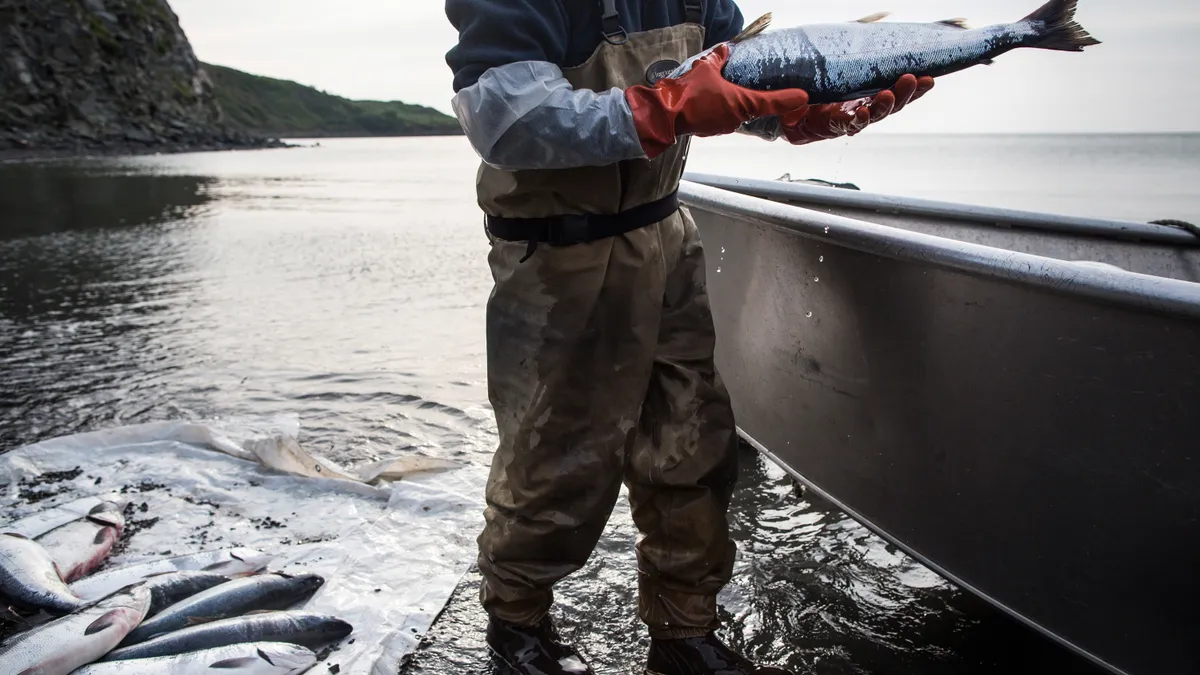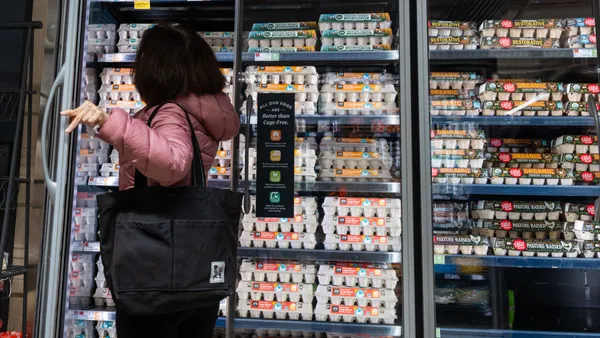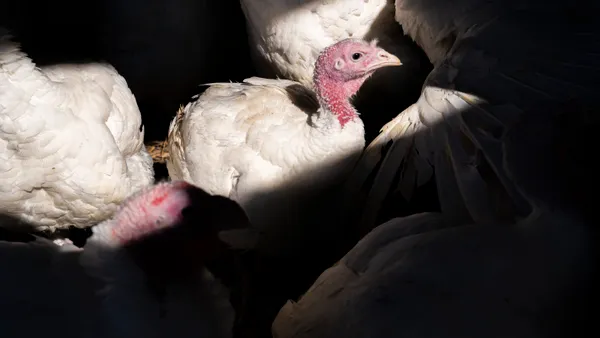The U.S. Department of Agriculture purchased millions of pounds of salmon and rockfish to alleviate market stress from oversupply, according to the Alaska Seafood Marketing Institute.
USDA spent $60 million for approximately 3.7 million pounds of wild Alaska sockeye salmon filets and cans through the Section 32 program. It also bought $8 million of Pacific rockfish filets from Alaska and the West Coast.
Section 32 purchases are often made to support commodity surpluses and mitigate market pressures. USDA’s recent seafood purchases are earmarked for redistribution to food banks and other food-aid outlets from July to December. The agency also made a large purchase of canned pink salmon and Alaska pollock last month for food banks and school lunch programs.
Alaska fisheries have been under stress following a record high sockeye salmon harvest last year that sent prices plummeting.
Fishermen in Bristol Bay, one of the leading areas for sockeye salmon, are petitioning this summer for better prices after major processors recently set base prices at 50 cents a pound, according to a regional seafood association.











